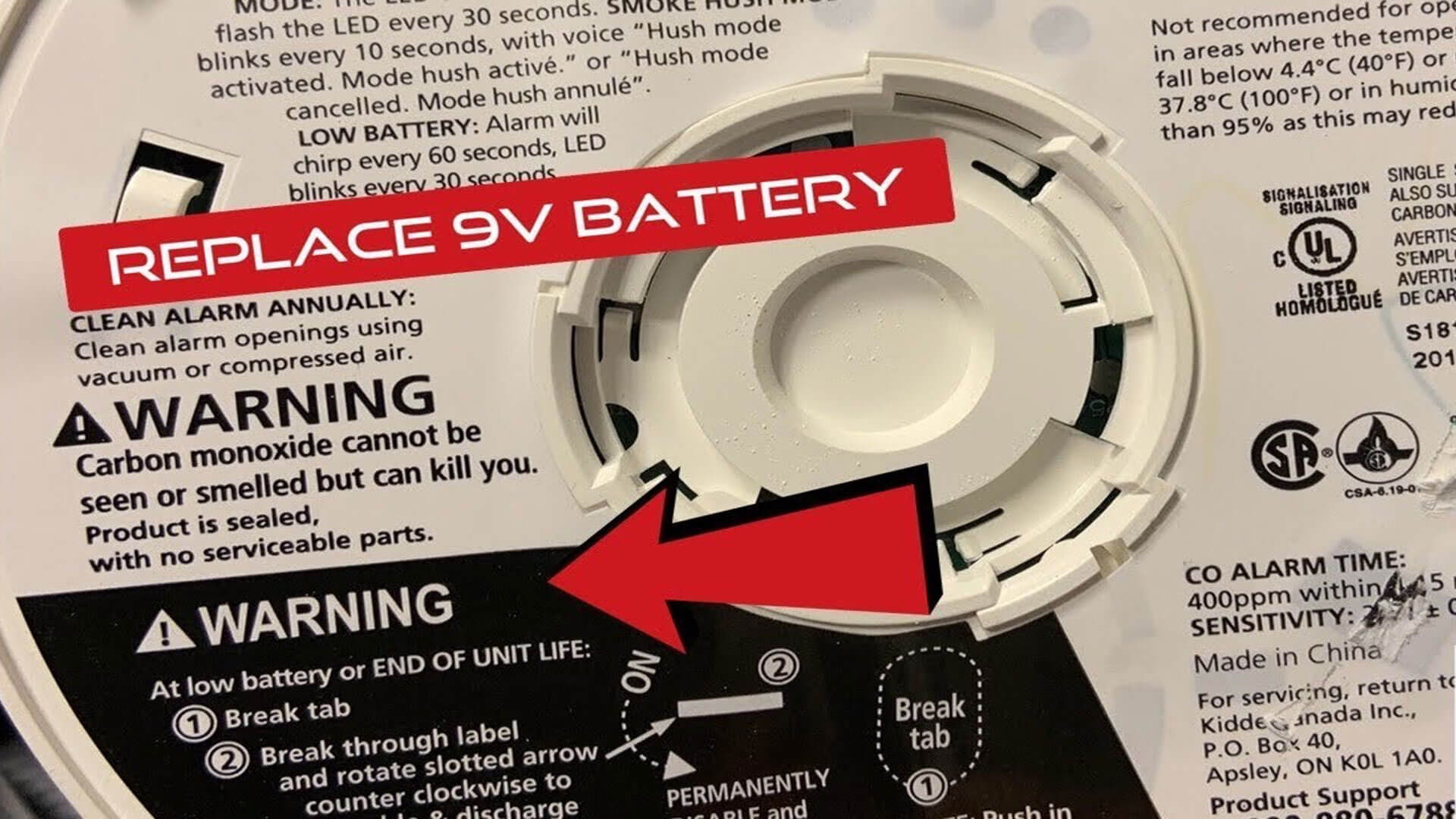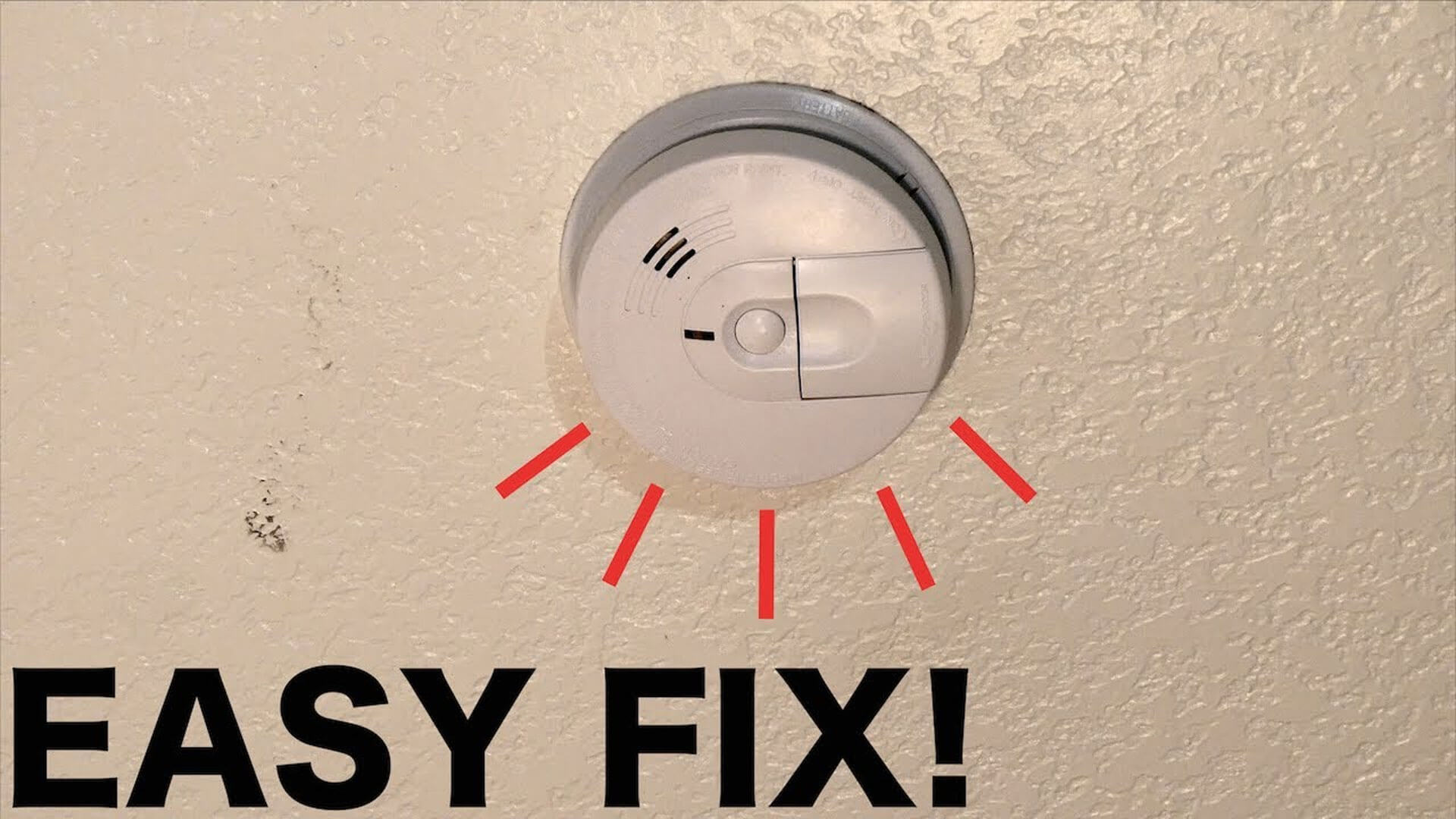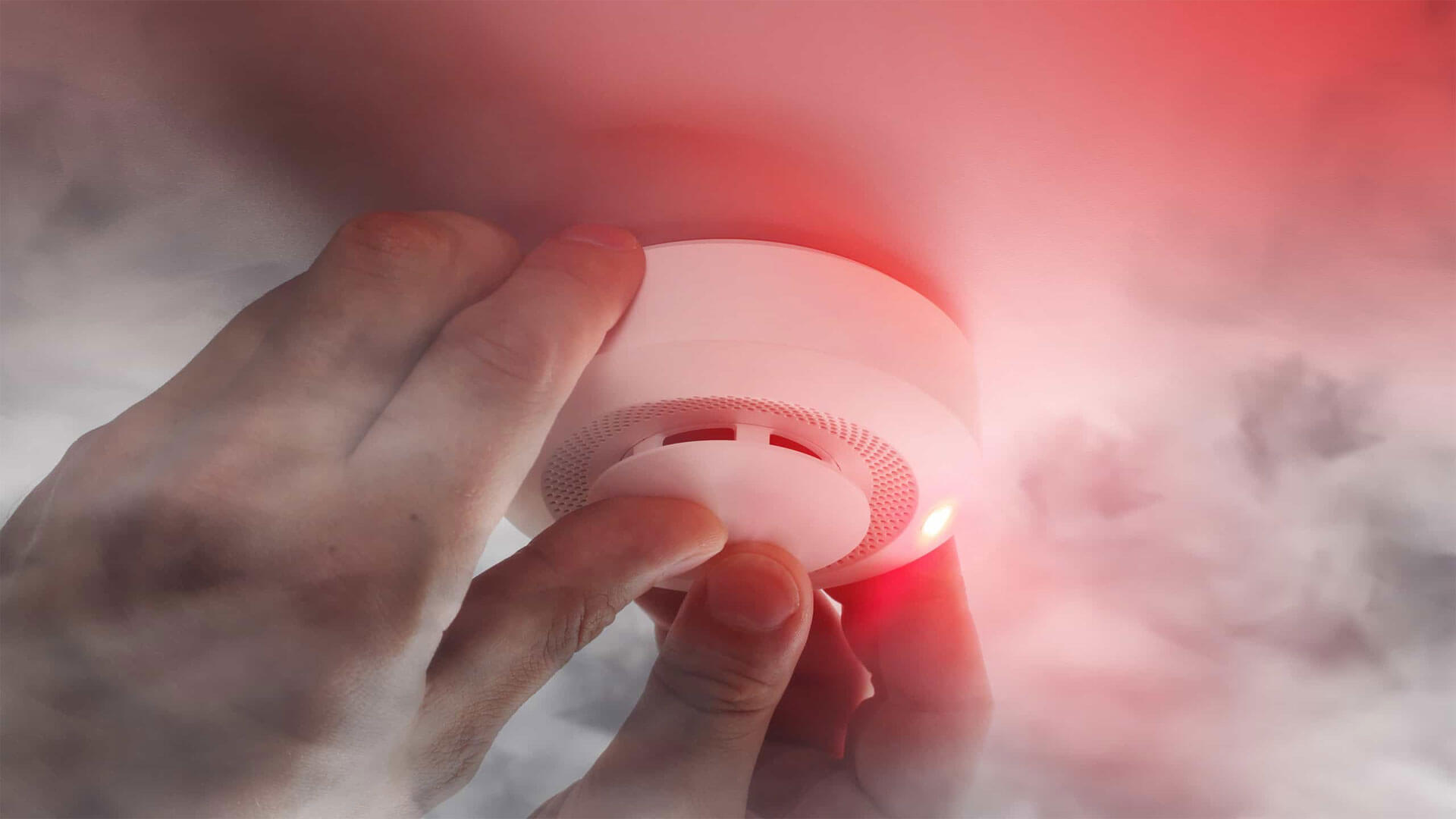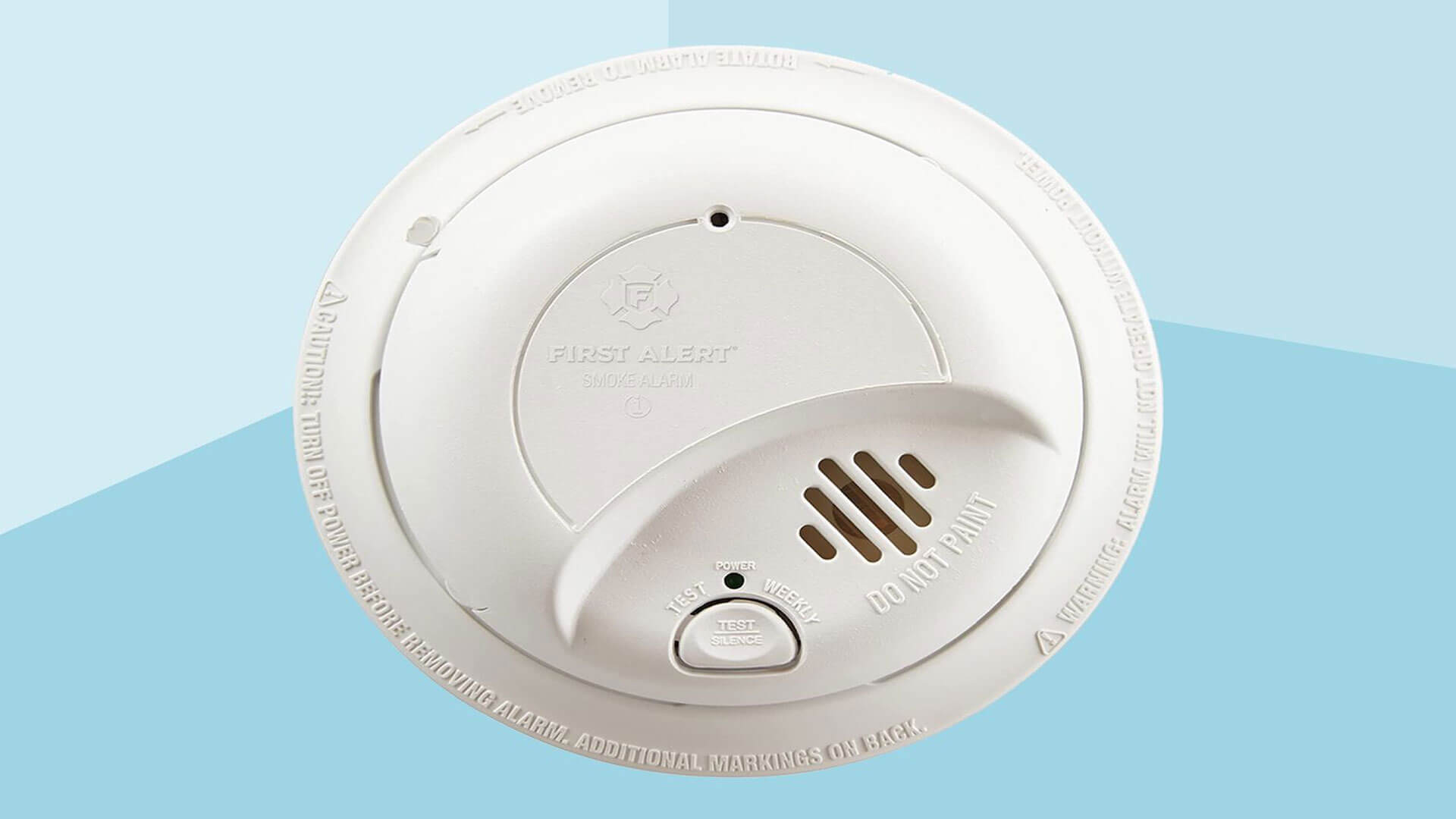Smoke detectors and fire alarms are an integral component of every home. Not only can they keep us safe from fires, but their signals provide invaluable information.
When your smoke detector goes into red mode, it can be very alarming. It could indicate there is something dangerous awry with it or perhaps just that new batteries need replacing – either way it should not be ignored as an indicator.

Low battery
Whenever your alarm starts flashing red, this indicates the batteries in your detector are running low. As soon as possible, replace these batteries as their constant chirping will continue until they’re fully charged and you no longer hear alarm chimes.
If your batteries were replaced but your sensor is still emitting its alarm tone, there may be an obstruction in the battery drawer which prevents their contact with terminals. Often this is caused by installers or homeowners forgetting to close the pull tab of newly installed batteries; simply unbuckling this tab will ensure proper contact between all new batteries installed and sensor terminals.
If your hardwired smoke detector has an LED indicator that flashes green continuously to indicate mains power is being received, an issue with its circuitry may exist and should be assessed by a Smart Home Specialist immediately. As an interim fix, pressing its test/silence button could temporarily silence its warning signal.

Dirty or clogged sensor
An alarm-sounding smoke detector’s blinking red light may be alarming to both see and hear, yet often serves as an indicator that should prompt further inspection for specific problems.
Detectors that run on batteries could indicate low power; in this instance, its flashing red light should serve as a warning and you should replace its batteries immediately.
Alternately, a red light may signal that something is clogging or blocking its sensor – most likely dust or dirt build-up on your smoke detector that needs cleaning up using a lint-free cloth or vacuum. To remedy the situation, simply clean off with either.
If your detector is hardwired to your home’s electrical system, its red light may indicate a more serious wiring issue that requires professional electrician help to diagnose and remedy.

Low voltage
If your smoke detector is hardwired and has battery backup, but is not turning on, its batteries may have died and require replacement; or perhaps its sensor has become dirty or clogged; in either instance it is important to remember that any red light indicates there is smoke present and you must leave immediately!
Ionization smoke detectors contain a small amount of radioactive material (americium-241) that travels between two electrically charged plates to ionize air molecules between them and reduce current flow; when smoke enters that space, it absorbs alpha particles that have passed between these plates, disrupting this ionization process and activating an alarm system.
Reading your detector or alarm’s manual and consulting with your company are both great ways to gain an understanding of its functions. At least once each month, test them to ensure proper functioning and label which circuit they belong on so you can turn it off immediately in the event of power surges or surges.

Bad battery connection
Smoke detectors are an essential safety feature in homes and businesses alike, but their signal can often be difficult to decipher. Being aware of what these signals indicate will allow you to quickly recognize if there is an outbreak in your compound and take immediate steps to save lives and property from imminent fire danger.
As an example, when a smoke detector flashes red every 10 seconds it could mean several things: battery level is low or it needs replacing; dust or clogs in sensor need cleaning to avoid false alarms; circuit breaker has been tripped and reset accordingly; etc. Because every product uses different visual indicators to communicate with users it is best to consult your product’s manual or contact its manufacturer if you are uncertain of its meaning for your specific device.